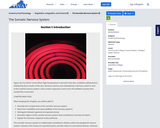
- Subject:
- Anatomy/Physiology
- Material Type:
- Module
- Author:
- Mindy Boland
- Date Added:
- 02/18/2020

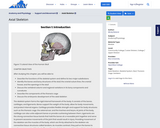
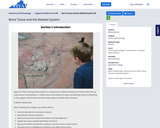
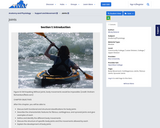
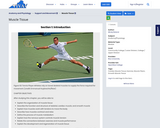
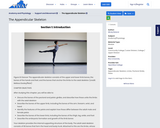
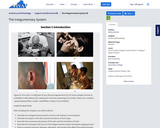
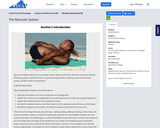
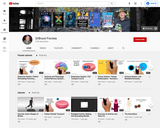
Short, animated videos on many Anatomy and Physiology topics. Videos used in college courses and cover the content presented in the first 2 semesters of Anatomy and Physiology for Nursing/Allied Health students.
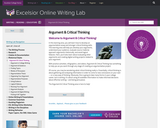
In this learning area, you will learn how to develop an argumentative essay and stronger critical thinking skills. This learning area will help you develop your arguments, understand your audience, evaluate source material, approach arguments rhetorically, and avoid logical fallacies. Here, you’ll also learn about evaluating other arguments and creating digital writing projects related to your argument.
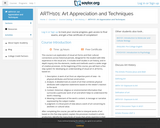
This course is an exploration of visual art forms and their cultural connections for the student with little experience in the visual arts. It includes a brief study of art history, and in-depth studies of the elements, media, and methods used in creative thought and processes. It is the only resource I have found that approximates techniques, media, and an overview of different processes that is usually the first half of a printed text on art appreciation or an introduction to art. This is geared toward an undergraduate, lower-level student population. The art history survey is inadequate, but combined with another source, like Boundless' art history, this can be a complete text for an Art 100 course.
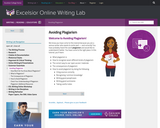
We know you have come to this tutorial because you are a serious writer who wants to write well — and correctly! You have probably heard the word plagiarism and would like to understand it better. You have come to the right place. In this tutorial, you’ll learn:
What plagiarism is
How to recognize seven different kinds of plagiarism
The correct way to use ‘open access’ materials
The consequences of plagiarism
How to avoid plagiarism by doing the following:
Citing sources correctly
Recognizing ‘common knowledge’
Writing good paraphrases
Writing good summaries
Taking careful notes
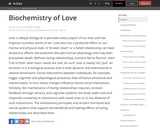
Love is deeply biological. It pervades every aspect of our lives and has inspired countless works of art. Love also has a profound effect on our mental and physical state. A “broken heart” or a failed relationship can have disastrous effects; bereavement disrupts human physiology and may even precipitate death. Without loving relationships, humans fail to flourish, even if all of their other basic needs are met. As such, love is clearly not “just” an emotion; it is a biological process that is both dynamic and bidirectional in several dimensions. Social interactions between individuals, for example, trigger cognitive and physiological processes that influence emotional and mental states. In turn, these changes influence future social interactions. Similarly, the maintenance of loving relationships requires constant feedback through sensory and cognitive systems; the body seeks love and responds constantly to interactions with loved ones or to the absence of such interactions. The evolutionary principles and ancient hormonal and neural systems that support the beneficial and healing effects of loving relationships are described here.
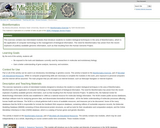
This exercise contains two interrelated modules that introduce students to modern biological techniques in the area of Bioinformatics, which is the application of computer technology to the management of biological information. The need for Bioinformatics has arisen from the recent explosion of publicly available genomic information, such as that resulting from the Human Genome Project.
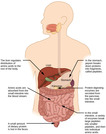
By the end of this section, you will be able to:Describe the process of digestionDetail the steps involved in digestion and absorptionDefine eliminationExplain the role of both the small and large intestines in absorption
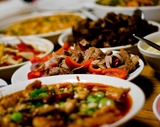
By the end of this section, you will be able to:Discuss the role of neural regulation in digestive processesExplain how hormones regulate digestion
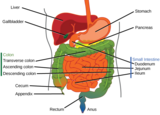
By the end of this section, you will be able to:Explain the processes of digestion and absorptionCompare and contrast different types of digestive systemsExplain the specialized functions of the organs involved in processing food in the bodyDescribe the ways in which organs work together to digest food and absorb nutrients

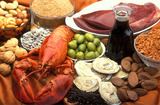
By the end of this section, you will be able to:Explain why an animal’s diet should be balanced and meet the needs of the bodyDefine the primary components of foodDescribe the essential nutrients required for cellular function that cannot be synthesized by the animal bodyExplain how energy is produced through diet and digestionDescribe how excess carbohydrates and energy are stored in the body
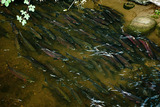
By the end of this section, you will be able to:Discuss internal and external methods of fertilizationDescribe the methods used by animals for development of offspring during gestationDescribe the anatomical adaptions that occurred in animals to facilitate reproduction